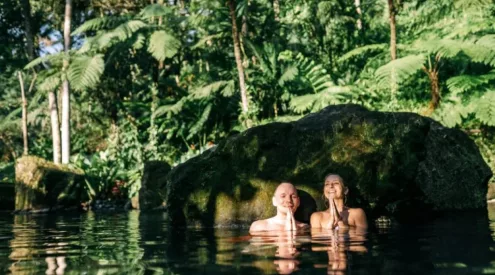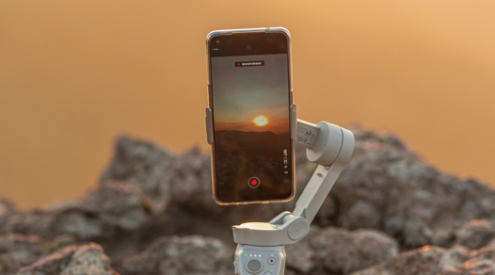Ten photo tips to help turn your underwater images from snapshots into works of art.
1. Swim like a fish
To be a good underwater photographer, you need to be a good diver. The underwater environment is often unforgiving and excellent buoyancy control is essential. It allows you to get into better positions faster, minimise camera shake and not disturb the surrounding marine life while shooting.
2. Know before you go
Be familiar with what your camera is capable of and how to access these functions quickly. Spend a couple of dives experimenting with different settings.
3. What to look for
Get to know what your subject does, where it lives, what it feeds on, its mating behaviour, defence techniques and symbiotic relationships. This information is critical to fi nding different creatures and being able to highlight their characteristics for the viewer.
4. Stay shallow
As divers, we understand that light is absorbed as it fi lters down through the water column. The colours of the light spectrum, ROYGBIV, are absorbed unequally, with red disappearing fi rst at a depth of about 10 metres. Staying shallow results in more colourful pictures and allows you longer dive time.
5. Going deeper
Using a built-in flash, external strobe, white-balance or a colour correction filter compensates for this loss of colour. A strobe allows higher shutter speeds, which is crucial to photographing fast-moving fish.
6. Get in close
Even artificial light gets absorbed, so move in as close as you can to your subject. This also reduces backscatter or “˜spots’ on the image, created by light reflecting off tiny particles in the water. The subject should fill the frame for greater visual impact.
7. Background
Be attentive to the background to make the subject stand out. Negative space (anything other than the subject) can be just as important in an image as the subject.
8. Use the sun
When shooting without an external light, position the sun behind you to illuminate the subject. Alternatively, if you want to create a silhouette shot, have the sun behind the subject.
9. All in the eyes
The subject’s eyes should always be in focus. This engages the viewer’s attention and creates an interaction. Ideally, the subject should be positioned so there’s still space for it to move into the frame. The face is more important than the tail.
10. Angles
Always look for the best angle of view. As a general rule: never shoot down. Try to shoot at the same level or upward. You could move around your subject to get different perspectives.


















